It’s entirely that this may be one of those “… was it just me?” articles where the whole world picked up on these things and I didn’t, but if I wasn’t reasonably okay with putting my (hopefully?) occasional ignorance out there, then this blog wouldn’t really have a lot of things to talk about!
So today, we’re going to take a look at not only where the members of the Black Moon Clan get their names, but also discuss why some of their names deviate from Ms. Takeuchi’s naming pattern. I hope you stick around!
Now, for anyone who’s been around long enough, you know that I really love talking about names and their origins. And that’s without even going into the articles about the various monsters of the day for each of the anime seasons!
I find these interesting for multiple reasons:
- when Japanese names are involved, there are layers of meaning you can interpret from the kanji used;
- when non-Japanese words are used, it gives you an interesting look into what Ms. Takeuchi’s – or the animation staff’s – inspiration was when they made the character;
- I’m a sucker for linguistics and history
As for whether this is interesting for you, my dear reader, that’s probably up for debate. But I thought it might be worthwhile to explain why it is that I think looking at the names like this actually can be meaningful.
With that out of the way, this puts us in a nice position to take some time to look at the Black Moon Clan and to discuss where their names came from.
First off, the Ayakashi Sisters!
These four sisters – Petz, Calaveras, Berthier, and Koan – are the easiest of the bunch, since they fall in line with the same naming pattern Ms. Takeuchi used with the Four Kings in the original season: basically, she generally used the names of stones/minerals and just cut off the -ite suffix – used to denote a mineral or fossil1 – this time around, likely to avoid readers making direct connections with the Dark Kingdom.
- Petz = petzite
- Calaveras = calaverite
- Berthier = berthierite
- Koan = kermesite
… wait, what’s that? You don’t think that calaverite and kermesite sound particularly like Calaveras and Koan, respectively?
Well, my astute reader, you’d be correct. Kinda. Mostly.
You see, these two sisters are named after the Japanese names for their respective minerals, and not the English names. Calverite, for example, is know as calveras in Japanese because the mineral was first discovered in Calveras County, California.2
As for why kermesite came to be known as 紅安鉱 (kouankou) in Japanese, I haven’t been able to uncover anything definitive, sadly. But that’s its Japanese name, which explains why the names don’t appear to match at first glance.
So are we all on the same page with these four? Good.
Once we get to the remaining members is where things get a bit interesting for me, specifically regarding Prince Demande, Saphir, Esmeraude, and Rubeus.
For years, I always just assumed that Ms. Takeuchi, knowing that most precious gems are known by their English names in Japan, decided to play the names up a bit so that way they would come across more like names and less like just literally calling someone Mr. Ruby.
That idea would kind of make sense, and it may have been an influencing factor, until you stop and consider that the main character of Sailor Moon is literally a girl named Rabbit in Japanese.
After a bit of research, I was surprised to find out that Rubeus, Esmeraude, and Saphir are actually named after the Latin roots for their respective gemstones:
- Rubeus =rubeus, adjective form of rubeo3
- Esmeraude = esmeraude4
- Saphir = sapphirus, or sapphir/sappir5
I’m probably just reading way too much into this, but I love the idea that these enemies from the future are named after the roots from an ancient, dead language.
So what about Prince Demande and Wiseman, then? Well, the former is pretty clearly a wordplay by simply being the Japanese pronunciation of the English word “demand” (デマンド; demando), while still eliciting the image of a diamond. Come to think of it, if he were on his own or with other, non-mineral-themed villains, and wasn’t featured in all white, I wonder if the diamond connection would even be made in the first place.
As for the latter? As much as I would have loved to find some sort of naming convention that Wiseman fits into, unfortunately I’m not able to find anything. I guess it’s not too surprising when you consider that Pharaoh 90 himself didn’t fit the theme, but still… too bad.
So there you have it, a hopefully somewhat clearer explanation of how all the members of the Black Moon Clan come together. Well, how their names come together, at least.
Now, since I basically struck out on every theory I tried, I’d love to hear from you on any ideas on whether there was any sort of deeper meaning or connection to Wiseman/Death Phantom’s name. Is it just a “cool-sounding” name, or could there be something else here? Let me know!
References:
- See the -ite suffix ↩
- See Calaverite (Wikipedia) ↩
- See rubeus ↩
- See esmeraude ↩
- See sapphirus ↩
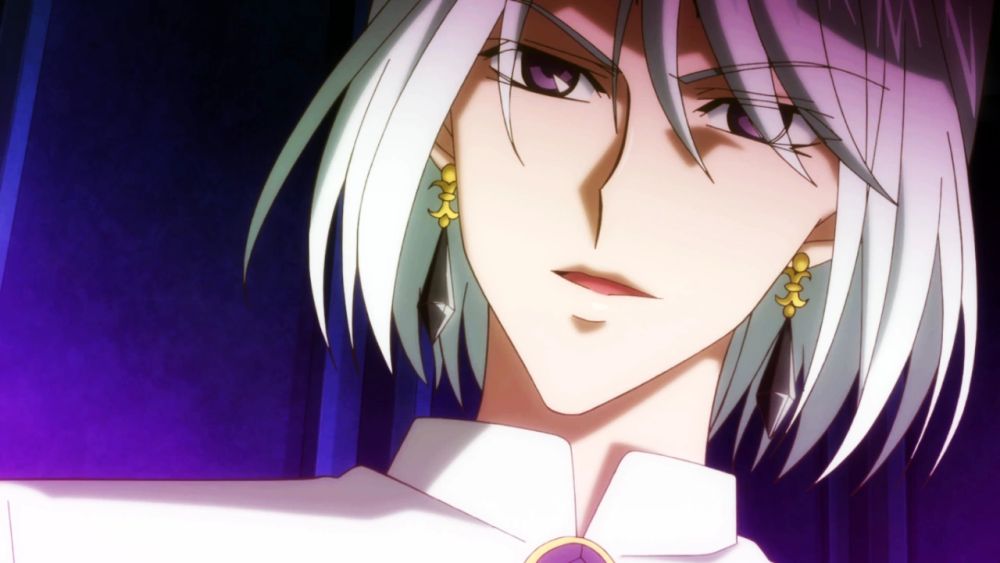
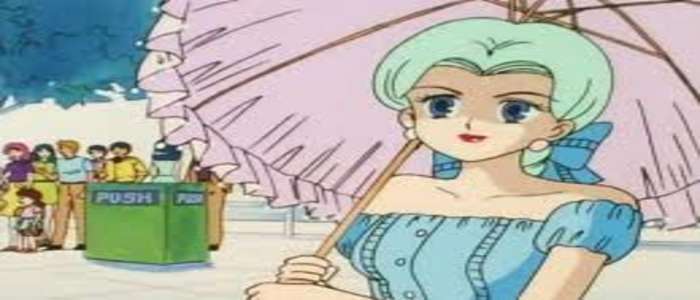
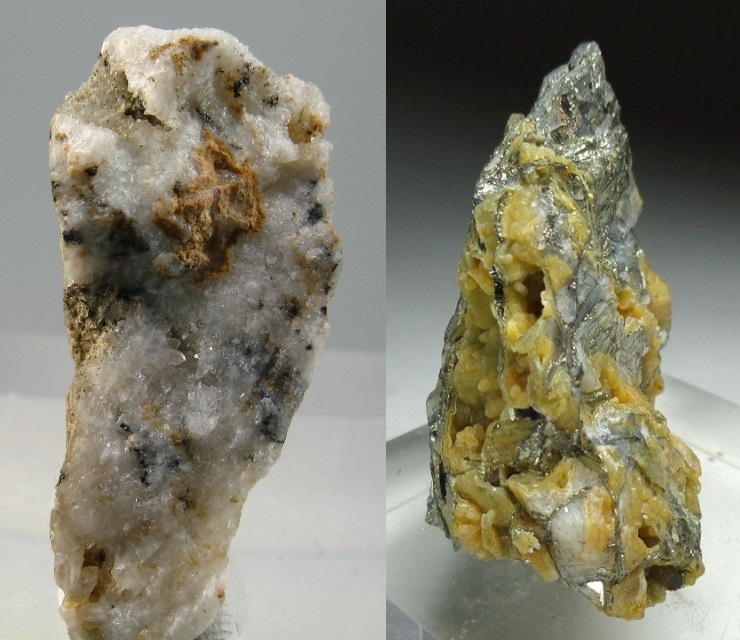
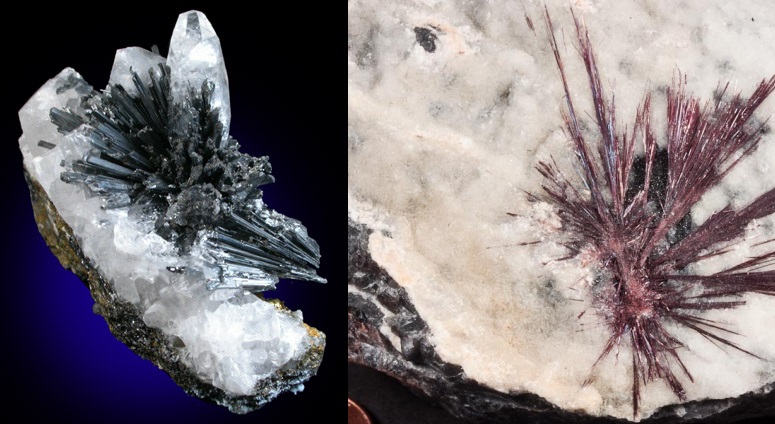
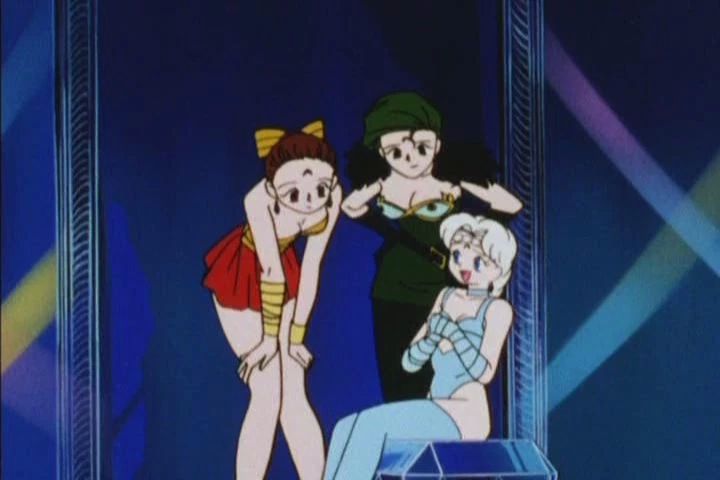
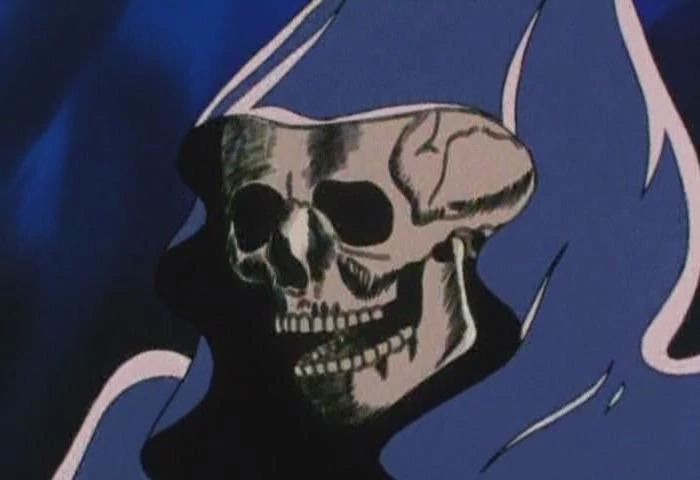

As always wonderful article! For me, I thought that their names are just one of those Japanese wrong spellings people often joke about (waifu, husbando etc. :P). Also, English is not my first language so for some time I thought their names are real English names of minerals.
Once again, good job and I love how small things you like to analize!
Once we moved into Infinity, she actually did start modifying the names a bit (at least with the Witches 5), but I was definitely interested to see that this wasn’t just a flight of fancy, and that she actually had some sort of reason behind it!
“Wiseman” seems to be some kind of name used often enough by Japan for puppet villains.
In Bionic Commando (developed by Capcom of Japan, released 1988), the character that we know as Generalissimo Killt in the English version is “Wiseman” in Japan (and this was true in the Game Boy sequel as well). Perhaps something could be dug up from this connection?
Demande breaks the naming pattern either way by not having a “color” attachment (but then, polished diamonds are usually more “clear” or colored, rather than “white”…). I think this sort of fits, since he is mostly pursuing his own goals rather than helping his people.
As for Wiseman, his name is likely not meant to fit the pattern by design. He is a mysterious figure whose motives are unclear even to the Black Moon Clan, and connecting him to it by giving him a gemstone-based name would ruin that image. So he gets a “mysterious” name. Same goes for “Death Phantom”, he isn’t even human anymore (that name could probably work as a loose translation of 死霊, or even 死神; not too unfitting considering his “Wiseman” image).
Because its not ,its their Japanese names from the manga and the new sailor moon crystal
Probably the title isn’t the best description of the theme of this article — more accurately, it should be “why did Naoko deviate and use derivations of Ruby, Emerald, and Sapphire rather than the actual gem names as-is like she did with the Dark Kingdom.”
But all my titles need to be less than 70 characters, so that wouldn’t work. That’s why I went for a more ‘fun’ title, even if the names aren’t strictly ‘spelled incorrectly.’
Unless you were referring to something else?
Fun fact: In the mexican/latinamerican spanish dub for the ayakashi sisters they actually used the mineral names, I never understood why. But that means the people in charge of the dub understood the mineral name convention from the first season and stick with it. They were called (as they were pronounced) Karmesait (Karmesite), Berjerait (Berthierite), Calaberait (Calaverite) and Petzait (Petzite). So this article is particularly interesting for Latinamerican dub fans 😀 Thanks!
In German they used the German names for the minerals, i.e. Kouan =>Kermesite and added an “e”.
紅安鉱 was probably just known and named before it became common to just write German or later English technical terms in katakana.
Sapphir is probably more German inspired than Latin. And there is an older German word Demant for diamond.
So maybe I’m going out on a limb here, but historically, people thought ground pearl could cure assorted ailments and diseases. You’d have the material provided to you by a learned man (or woman) and instructed how to consume it.
Serenity is always represented by pearls, the color white, and I suppose “selenite crystal” if that’s an offshoot of the Silver Crystal. And Prince Diamond is unhealthily and violently OBSESSED with her. To the point where he’s not quite taking Wiseman’s orders (err, suggestions?) as given.
Maybe Wiseman thinks it’s time to dispose of that pearl his Diamond can’t let go of?
Death Phantom, if we’re getting nitty gritty about precious minerals and such, makes me think about asbestos and mercury. Both are extremely dangerous to interact with or ingest, and their deterioration of the body’s faculties can take many years, and leads to a miserable suffering before death.
Asbestos especially dates back thousands of years, and people knew the slave miners who quarried it would die, but not specifically because of it. (Mining holds so many horrible ways to die, you could honestly throw a dart at a list and it’d be valid.)
I have no proof Naoko actually considered this, but I’m drawing from my own knowledge of history and folk myth to derive this idea, so like, don’t quote me. It’s just a theory.